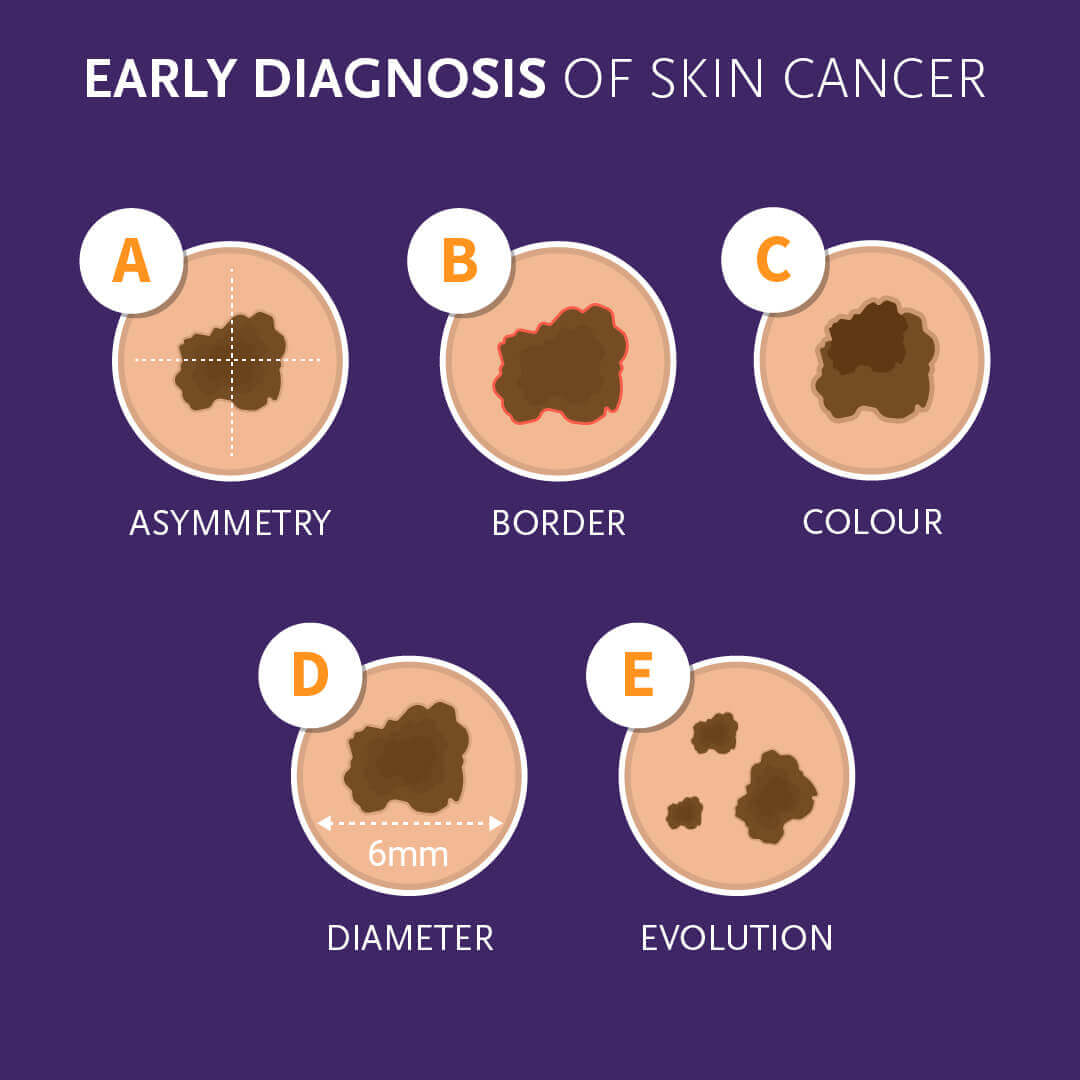CLINUVEL Mole Map
Performing self-examinations and keeping an eye on your skin for any changes are the best ways to ensure abnormalities are caught and treated early.
With this Mole Map that you can download and print, you will be able to track moles or marks on your skin, and monitor them for changes, so that you can consult your doctor or dermatologist as soon as you notice a change.
How to use
- Print the Mole Map on a piece of paper (at least A4 in size)
- Examine your body as thoroughly as you can, marking any moles or marks you would like to keep an eye on with a number corresponding to the location of the mole on your body
- In the chart below, you can add details about the size, colour, shape, borders and diameter of the mole
- Repeat the process monthly and track changes
- If there is a even a slight change to any of the moles, book an appointment with your dermatologist or doctor for further examination
How to perform a self-examination
Make sure that you perform your self-examination in a well-lit room for better visibility.
It is best to have two mirrors for the examination—one standing mirror and a hand-held mirror that you can move around easily.
For the parts of your body that you absolutely cannot reach with a mirror, ask a friend or partner for help.
Tips for an upper body examination
- Use a comb to part your hair to check your scalp. Make sure to do it in sections so that you do not miss a spot
- Check your face, ears, neck, chest and torso
- Examine your arms thoroughly, including your armpits, hands (the back and palm), including between your fingers, and your fingernails
- Ask a friend or partner to help you check your back, including the back of your neck and your ears
Tips for a lower body examination
- Check the top of your thighs, your shins, and your feet—don’t forget your soles and the spots between your toes and your toenails!
- Check the back of your calves, thighs and buttocks
- Remember to also check around your groin and private area
If you notice anything suspicious or concerning please contact your doctor or dermatologist for further advice.

ABCDEs of Mole Checking
- Asymmetry (most melanomas are not symmetrical)
- Borders (are the borders uneven?)
- Colour (a mole with different shades of brown, tan or black is cause for concern)
- Diameter (melanomas tend to be larger than 6mm in diameter)
- Evolving (has the mole changed shape, colour or size? Has it started to bleed or itch?)
Some skin cancers may also present as:
- A new, expanding, or changing growth, spot, or bump on the skin
- A sore that bleeds and/or doesn’t heal after several weeks
- A rough or scaly red patch, which may crust or bleed
- A wart-like growth